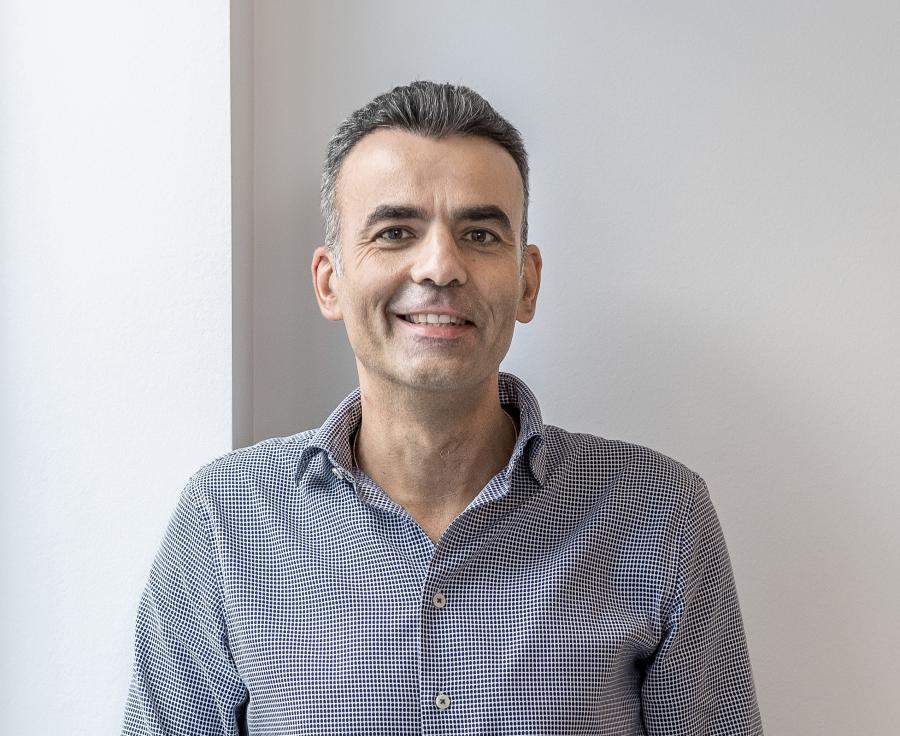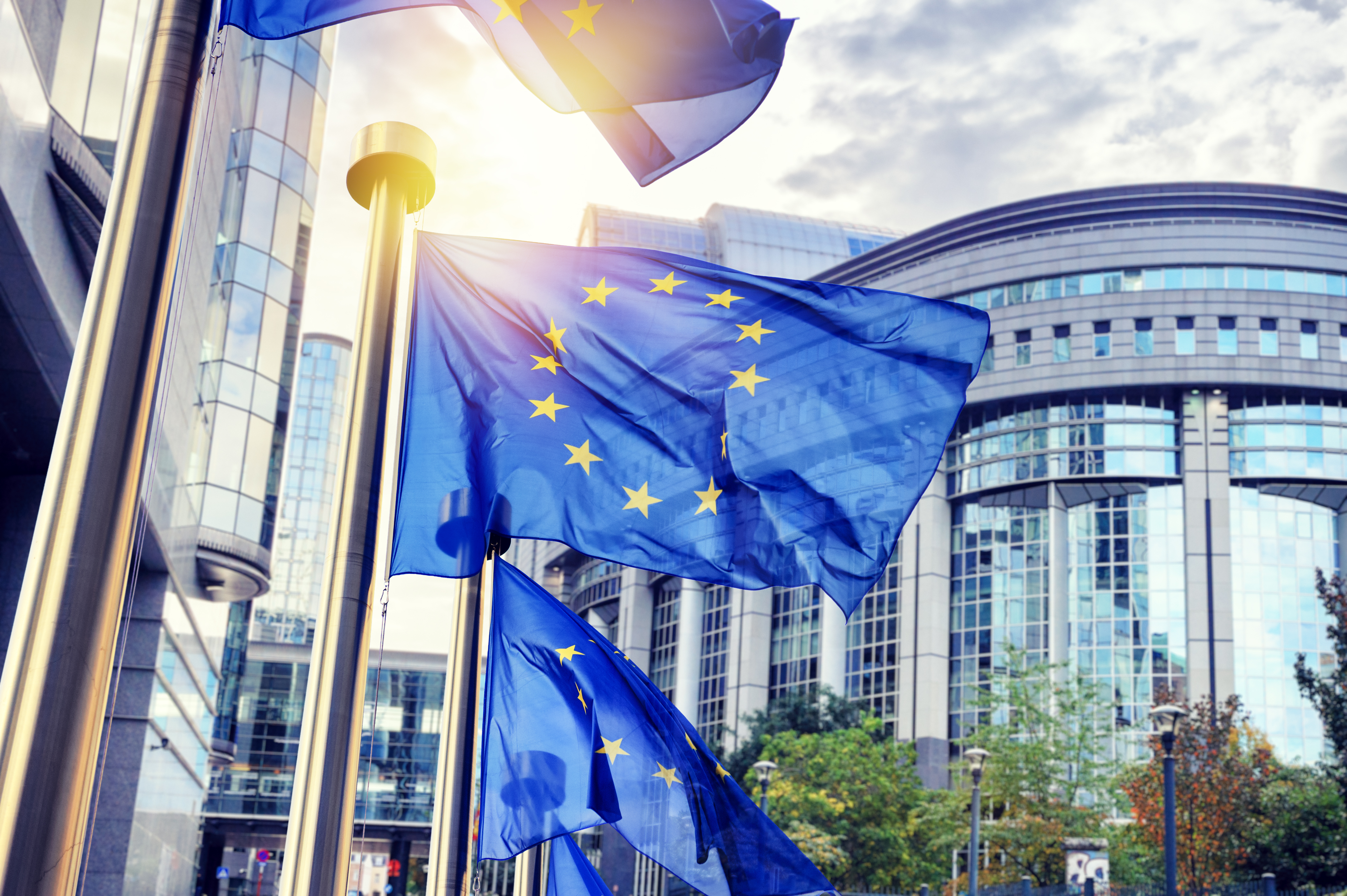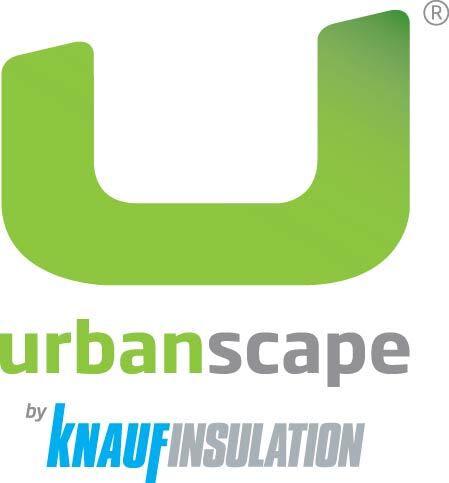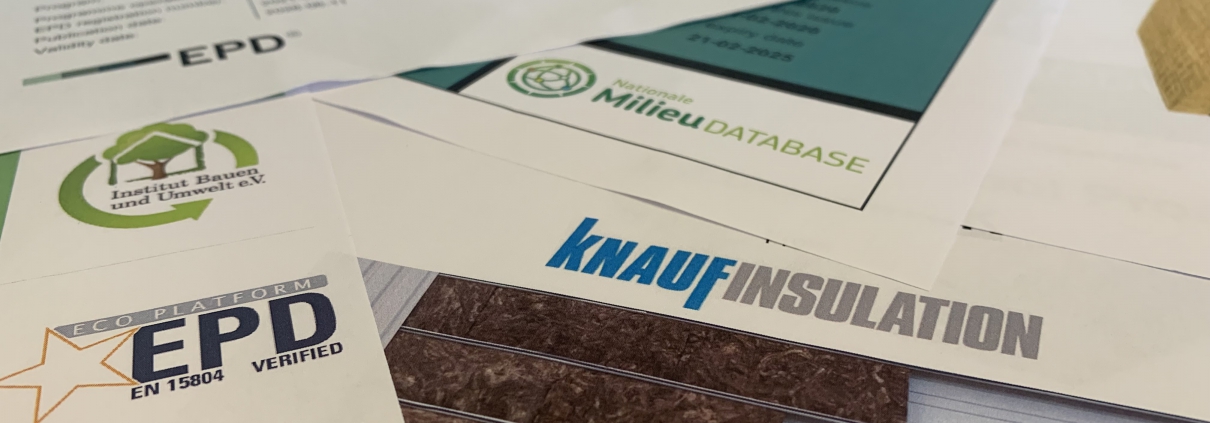Knauf Insulation launches new EPD And GBRS download centre
At Knauf Insulation we produce highly sustainable solutions that create better buildings. But don’t take our word for it…
On our new sustainability chapter specifiers and architects can download independently verified Environmental Product Declarations (EPDs) that forensically audit the environmental impact of our products at every stage of their life cycle.
We also offer downloadable factsheets that reveal precisely how these solutions earn points for specifiers in the world’s most popular Green Building Rating Systems (GBRS) — BREEAM, LEEDv4, DGNB and WELL.
And, in line with increasing demand for information about buildings and well-being, the section also features certification that has been awarded to Knauf Insulation solutions including Eurofins Indoor Air Comfort Gold for indoor air quality and DECLARE which certifies these products are ‘Red List Free’ of harmful chemicals.
Soaring demand for sustainable products
Knauf Insulation’s Products & Buildings Sustainability Manager, Jean-Pierre Pigeolet, says: “The building industry is being forced to reduce its environmental impact due to strict new national and international regulation, tougher market demands and public pressure to take climate action and reduce waste.

“As a result, Knauf Insulation is helping more specifiers and architects than ever how to use our EPDs to identify the sustainable products which deliver the lowest environmental impact when they carry out their design-stage building life cycle assessments.
“Demand for GBRS is also soaring as developers recognise how these systems lower the environmental impact of their buildings, offer health benefits to building users as well as add value. We are seeing a record number of factsheet downloads from our GBRS section and increasing requests for technical expertise about how to maximise the potential of our products to gain credits in GBRS.”
Rise and rise of EPDs
In the past EPDs were used to calculate the environmental impact of products used in the construction of dedicated green buildings. However, the use of EPDs is now becoming mainstream. From 2022 in France, for example, EPDs (known as FDES) are now mandatory for ALL new buildings to assess their global carbon footprint and have become the new normal.
Other countries will inevitably follow.
In addition, the European Commission recently revealed a radical raft of proposed building regulations to achieve Europe’s ambition to be the world’s first net carbon neutral continent by 2050.
The revised Energy Performance of Buildings Directive, for example, calls for the “mandatory calculation and disclosure” of carbon emissions over the whole life cycle of new buildings from 2027.

EPDs will become increasingly important in line with European Commission proposals to assess the whole life carbon of new buildings
EPDs and climate action
Whole life emissions include the carbon generated during the operational phase of a building — such as for heating and cooling — as well as embodied carbon which is generated at every stage of a product’s life cycle from extraction of materials and product manufacture to transportation, installation, and ultimate disposal.
Knauf Insulation’s EPDs use data from Life Cycle Assessments as well as other indicators to document in minute detail the greenhouse gas emissions generated over the entire life cycle of our products and provide reliable, independent and transparent insight into their embodied carbon.
“In the past EPDs and GBRS were the preserve of the sustainable building market, today sustainable building is driving the market. As a result, demand for EPDs and GBRS will only increase,” says Jean-Pierre. “At Knauf Insulation we have the expertise specifiers need to successfully navigate these changes and at our new sustainability chapter this expertise is just a click away.”
Explore Knauf Insulation’s range of EPDs for Glass Mineral Wool, Rock Mineral Wool, Urbanscape Green Solutions, Mineral Plus and Wood Wool here. To learn how our products can contribute points to GBRS click here.









